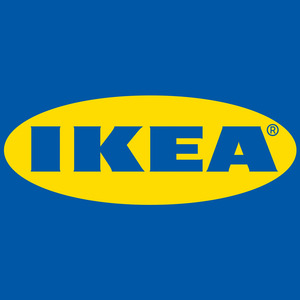https://www.ikea.com/au/en/p/foernuftig-air-purifier-white-7…
Clean Air Delivery Rate (CADR) at highest/lowest fan speed: 120/25 m3/h (with both particle filter and gas filter installed).
Sound level at the highest/lowest fan speed: 60/28 dB (with both particle filter and gas filter installed).
Maximum wattage: 14 W (with both particle filter and gas filter installed).
Net weight: 3.05 kg (with both particle filter and gas filter installed).
Has anyone used this air purifier and have reviews?

No mention of hepa filter means it's not worth it.